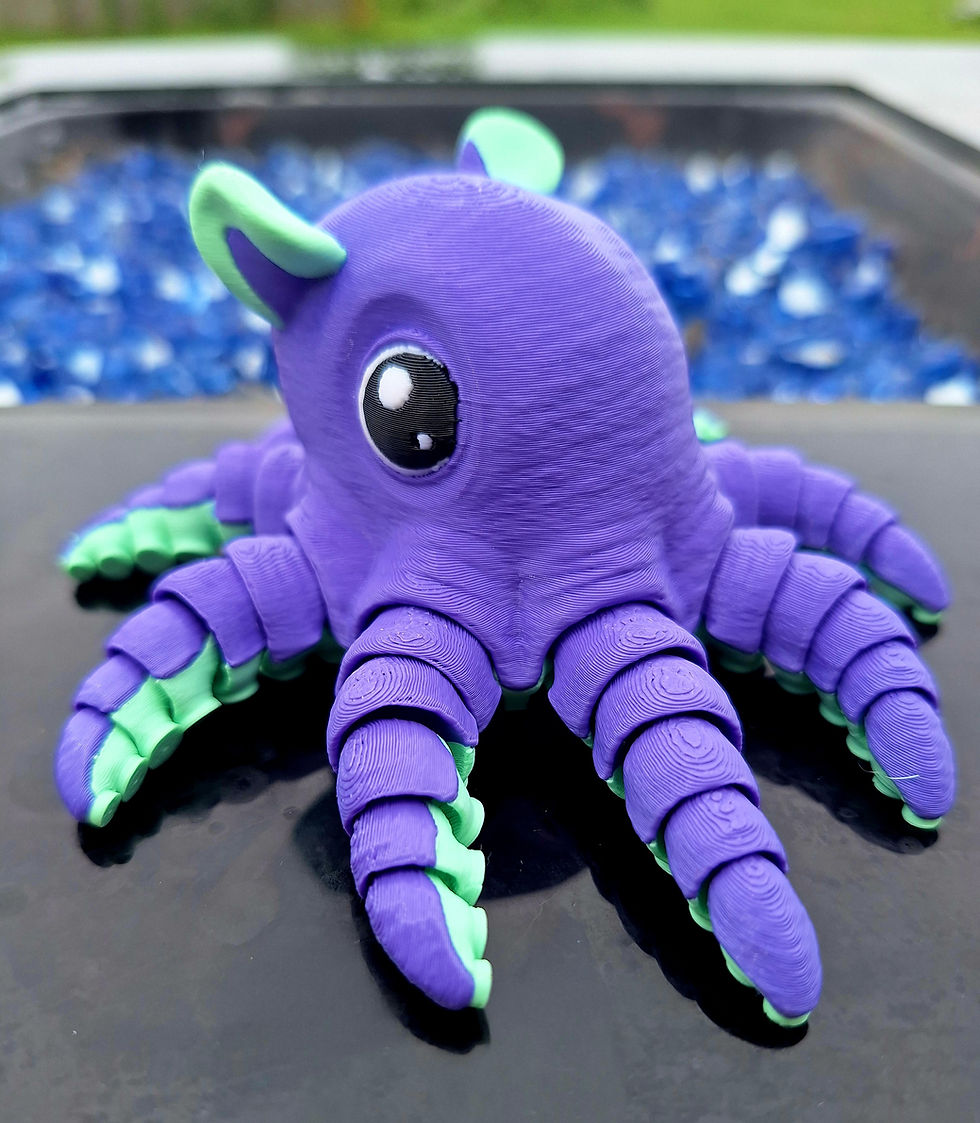🌿 Sensory-Friendly Self-Care for Adults
- WeBe Sensory

- Jun 30
- 3 min read

Soothing your senses, one moment at a time
Self-care isn’t all bubble baths and spa days—especially for neurodivergent adults. For those who are autistic, ADHD, sensory sensitive, or simply overstimulated by daily life, traditional self-care tips can feel… loud, messy, or downright overwhelming.
That’s where sensory-friendly self-care comes in.
Whether you’re decompressing after a long day, navigating sensory overload, or just trying to function in a world not built for your brain—these gentle, grounding ideas are made for you.
🧠 Why Sensory-Friendly Self-Care Matters
Many neurodivergent adults spend their days masking, adapting, or pushing through sensory environments that are too bright, loud, itchy, or chaotic. That constant effort is exhausting.
Sensory-friendly self-care is about:
Regulating your nervous system
Meeting your body where it’s at
Creating comfort, not more “shoulds”
Reclaiming softness and rest, your way
It’s not about fixing yourself. It’s about caring for yourself—exactly as you are.
🪴 1. Create a Low-Stimulation Zone
You don’t need a full room. A corner will do. Think:
Warm lighting (avoid fluorescents)
Noise-reducing headphones or soft background sounds
Cozy textures—blankets, weighted throws, soft clothes
Calming visuals (lava lamp, color-changing bulbs, or even a favorite plant)
This is your “off-duty” zone. No pressure. No performance. Just being.
🫧 2. Try Gentle, Non-Demanding Activities
Some self-care ideas for sensory-sensitive days:
Stroking a textured fabric or stuffed animal
Doodling, coloring, or simple crafts
Watching a calming show or YouTube fireplace
Holding a hot drink and noticing the warmth
Rocking, pacing, or light stretching
Taking a shower in dim light with soft water pressure
If it feels good—keep doing it. If it doesn’t—skip it. You’re in charge.
🍵 3. Nourish Without Overwhelm
Food prep can be stressful. Self-care around eating might look like:
Having a few go-to safe foods ready
Eating from your favorite bowl with your favorite spoon
Focusing on how food feels, not just tastes
Giving yourself permission to eat small, simple meals when full meals are too much
Sensory-friendly nourishment is still nourishment.
🔄 4. Stim Without Shame
Stimming is self-care. Full stop.
Whether you:
Use a fidget tool
Rock, hum, or tap
Use visual stims (glitter jars, spinning fans)
Repeat phrases or scripts for comfort
Squeeze a pillow or chew a safe stim item
These are regulation tools, not quirks to hide. Use them proudly.
🛁 5. Embrace Sensory-Safe Hygiene
Self-care also includes hygiene—but that can be tricky with sensory sensitivities.
Try:
Unscented or lightly scented products
Showering at the time of day when you feel most regulated
Using soft washcloths or your hands instead of loofahs
Wearing comfortable, tagless clothing after
Replacing “must-do” hygiene tasks with “can-do” options on tough days
There’s no “wrong” way to take care of yourself.
🧡 6. Rest Without Guilt
Rest is productive. It’s what helps your brain reset.
Sensory-friendly rest might be:
Sitting in silence
Lying under a weighted blanket
Closing your eyes with soft music
Not speaking or texting for a while
Doing nothing—without apologizing for it
You don’t need to earn your rest. You need to honor it.
🌈 Final Thoughts
Self-care isn’t about fixing what's “wrong” with you—it’s about making space for what's right: your intuition, your needs, your unique sensory landscape.
Sensory-friendly self-care invites you to stop performing, start soothing, and show up for yourself exactly as you are.
Because you deserve comfort. You deserve softness.You deserve to feel safe in your own skin—and in your own space.
And you're not alone. 💛
✨ Looking for tools to support your sensory-friendly routines?
Try the WeBe Wonderbox™—a monthly sensory subscription filled with calming tools, stim items, and cozy self-regulation goodies tailored to your age and sensory needs.



Comments